Introduction
How To Use
- Cefotaxime is infused into a vein or a muscle.
- When Cefotaxime is needed to prevent infection after surgery, a healthcare professional will administer this injection.
- A health professional may instruct you how to administer the medicine properly on your own to treat an illness.
- Carefully read and follow any guidelines for use that come with your medicine. If you don’t understand something, go to your pharmacist or doctor.
- Before using Cefotaxime, it should be combined with a liquid (diluent). You may have to dilute the combination medicine more before administering your dose. If you use the injections at home, fully learn how to prepare and keep the medicine appropriately.
Expert Advice
- Thaw the frozen pre-mixed solution bag in the fridge or at room temperature if you’re using it. Allow at least 1 hour for the bag to come to room temperature once it has been defrosted in the refrigerator. Do not thaw in a boiling water or in the microwave. After melting, give the bag a good shake and squeeze to check for leakage. If the bag leaks, throw the solution. After thawing, do not freeze the solution again.
- Take Cefotaxime at regular intervals for best results. Take this medicine every day at the same time so that you do not forget to take a dose.
- Even if your symptoms go away within a few days, keep taking Cefotaxime for the whole duration recommended. Stopping the treatment too soon may cause the infection to recur.
- If your issue persists or worsens, notify your doctor.
- It should be kept at room temperature
- Keep the medicine out of the reach of children and pets.
- Do not use it after the expiration date has passed.
Primary Uses
Indications
Cefotaxime injection treats bacterial infections such as pneumonia and other infections lower respiratory tract (lung); gonorrhea (a sexually transmitted infection); meningitis (infectious disease of the membranes surrounding the spinal cord and brain) as well as other infections of brain and spinal cord; and infections of the abdomen (stomach), female reproductive organs, blood, skin, joint, bone and urinary tract. Cefotaxime injections can also be given prior to surgery, as well as during and after a caesarean section, to keep the patient from becoming infected.
Side Effects
- Reactions at site of injection (pain, inflammation, irritation or a hard swelling),
- Itching,
- Rash
- Hives,
- Nausea,
- Fever
- Pain in stomach
- Diarrhea,
- Headache
- Discharge from vagina and itching.
Warnings
 Pregnancy
Pregnancy
Only use if absolutely necessary and the advantage exceeds the danger to the fetus. Pregnant women should seek medical advice before taking this medicine.
 Lactation
Lactation
Cefotaxime could be used safely while nursing. Minimal amounts of it are found in breast milk. As a result, it must only be taken when the benefit outweighs the risk of danger to the baby.
 Driving
Driving
There is no indication that Cefotaxime affects one’s driving ability. When you have poor kidney function, excessive dosages of Cefotaxime can cause encephalopathy, a brain condition characterized by disorientation, loss of consciousness, strange motions, and seizures. If you experience any of these problems, you should avoid driving.
 Liver
Liver
Before taking this prescription, patients with liver disorders should see their doctors.
 Kidney
Kidney
In persons with kidney illness, the dose of this medicine should be altered. People with kidney impairment should seek medical advice before using this medication.
 Alcohol
Alcohol
There is no known interaction with alcohol. Before consuming, it is recommended that you speak with your doctor.
 Precautions
Precautions
A potentially fatal arrhythmia has been observed in patients who have received a rapid bolus injection with a central venous line. Granulocytopenia (decrease in granulocyte count) has been linked to long-term therapy. To reduce irritation, switch infusion sites. Patients having a history of penicillin allergy should proceed with caution. patients having a history of colitis should use Cefotaxime with caution. With extended or repeated therapy, non-susceptible microorganisms may develop fungal or bacterial overgrowth. In the case of kidney disease, the dose may need to be adjusted.
Contraindications
Patients with a history of hypersensitivity to Cefotaxime, or other cephalosporin antibiotics should not take Cefotaxime.
FAQS
Why do antibiotics usually result in diarrhea?
Antibiotics while killing the harmful bacteria also damage the useful bacteria of the stomach, hence disturbing normal functions of the body and cause diarrhea as a result.
How long does it take for cefotaxime to start working?
It starts working soon after it is consumed, but it may take a few days to eradicate the bacteria from the body.
What should be done in case the symptoms do not improve on taking the prescribed quantity of the medicine?
In this case, consult with the concerned doctor for either a dose increment or an alternate medicine.
What food items should be avoided while using cefotaxime?
You are advised to refrain the use of caffeine, tobacco, alcohol, and spicy food; this will help avoid skin rash and itching that usually follows using this medicine.
Disclaimer
Dawaai’s intention is to make sure that it’s consumers get information that is accurate, reviewed by an expert and error-free. However, the information mentioned here should not be used as a replacement for the advice of a qualified physician. The information given here is for informational purposes only, which may not cover all possible precautions, side effects, contraindications or drug interactions. Consult your doctor and discuss your queries related to any medicine or disease.





Reviews
There are no reviews yet.